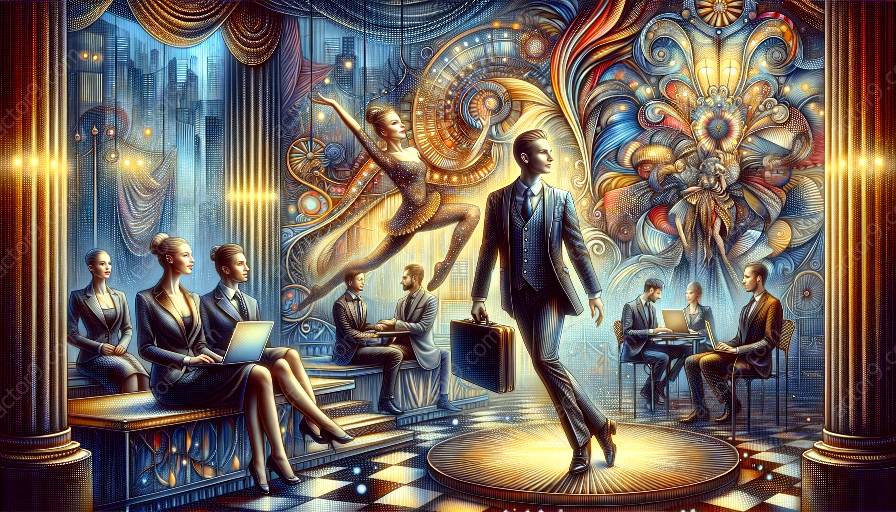The Circus Arts industry is a dynamic and captivating sector that encompasses a wide range of performing arts, entertainment, and business management strategies. In this comprehensive topic cluster, we will explore the rich history of circus arts, delve into the modern-day circus industry, and discuss the business, management, and marketing aspects of this unique and exciting field.
The History of Circus Arts
Circus arts have a rich and storied history that dates back centuries. The origins of the modern circus can be traced to 18th century England, with the emergence of Philip Astley's circus performances. Over the years, circus arts have evolved, incorporating various disciplines such as acrobatics, clowning, trapeze acts, and animal training. The circus has played a significant role in entertainment and has left a lasting impact on performing arts around the world.
Modern-Day Circus Arts
In contemporary society, circus arts continue to thrive as a unique form of entertainment. Circuses, circus schools, and circus-themed events are popular worldwide, showcasing the impressive skills and creativity of circus performers. The modern-day circus arts industry embraces innovation, diversity, and inclusivity, offering audiences a vibrant and immersive experience that sets it apart from other forms of entertainment.
Circus Arts as a Business: Management and Marketing
The circus arts industry presents a myriad of opportunities for business management and marketing strategies. Circus companies, performers, and event organizers utilize a wide range of tactics to attract and engage audiences, manage operations, and promote their unique offerings. From effective branding and talent management to creating captivating marketing campaigns, the business aspect of circus arts requires a combination of creativity, strategic planning, and innovation.
Captivating Audiences: The Essence of Circus Arts
At the heart of the circus arts industry lies the ability to captivate and enchant audiences. The diverse and awe-inspiring performances, coupled with the magical atmosphere of circus events, create an unforgettable experience for spectators. Understanding the emotional impact of circus arts on audiences and harnessing the power of storytelling are essential elements in successfully engaging and retaining a loyal fan base.
Innovation and Creativity in the Circus Arts Industry
The circus arts industry thrives on innovation and creativity. From groundbreaking performances to cutting-edge production techniques, circus professionals continuously push the boundaries of what is possible in live entertainment. This spirit of innovation extends to business management and marketing strategies, as industry leaders seek new ways to connect with audiences and adapt to evolving market trends.
Education and Training in Circus Arts
Circus arts also encompass a strong educational component, with many institutions offering professional training and development programs for aspiring performers. The blend of artistic expression and physical prowess in circus disciplines requires specialized training, and educational initiatives play a vital role in nurturing talent and ensuring the sustainability of the industry.
Conclusion
The Circus Arts industry is a multifaceted and dynamic sector that encompasses rich history, modern-day innovation, and compelling business and marketing strategies. As an integral part of the entertainment landscape, circus arts continue to captivate audiences and offer unique opportunities for business development and creative expression. By understanding the intricacies of circus arts as a business and embracing the enchanting world of circus performance, individuals and organizations can participate in this vibrant industry and contribute to its enduring legacy.


































